calsfoundation@cals.org
John Rison Fordyce (1869–1939)
The son of Hot Springs (Garland County) entrepreneur and Cotton Belt Railroad president Samuel Wesley Fordyce, John Rison Fordyce forged his own way into Arkansas history. He was educated as a mining engineer but was also an inventor, manufacturer, leader in commerce, public servant, and amateur archaeologist.
John R. Fordyce was born in Huntsville, Alabama, on November 7, 1869. He moved to the health resort of Hot Springs at age five with his father and mother, Susan Chadick, after his father, suffering from malaria contracted during the Civil War, found renewed health in the local thermal springs. The third of five children, Fordyce—along with his three surviving siblings—was educated in Hot Springs schools. His father was instrumental in Hot Springs’ development, building two world-class hotels (the Arlington and the Eastman); several bathhouses, including the Fordyce Bathhouse (now the visitor center of Hot Springs National Park); the Hot Springs Opera House; utility companies; and a standard-gauge railroad line allowing direct routing from Little Rock (Pulaski County). John Fordyce later provided his engineering services on many of his father’s projects as well as at the Fayetteville (Washington County) and Hot Springs post offices.
Samuel Fordyce’s family eventually moved to St. Louis, Missouri, because of his railroad and banking business. He kept a house in downtown Hot Springs and, in 1904, built a three-story log home on 1,200 acres just outside of town (now the Fordyce-Ricks Historic District). John Fordyce inherited this home, living there while he managed the family’s Hot Springs holdings. The home was sold in 1937 to General Earl T. Ricks after Fordyce had donated most of the surrounding acreage to the National Park Service through the local chamber of commerce.
Fordyce received both his bachelor’s and master’s degrees in engineering at Washington University in St. Louis in 1892, later also studying at Harvard University. In 1894, he was a member of Dr. Frederick Cook’s expedition to the Arctic. In 1896, he moved to Little Rock, joining Dr. A. D. Thomas in one of the state’s oldest manufacturing businesses, Thomas Manufacturing. In 1902, he became president of Thomas-Fordyce Manufacturing, which engaged in cotton-gin machinery manufacturing. Fordyce invented a press for making round bales of cotton and a feeder for extracting hulls from seed cotton. Another Fordyce device drew cotton off the ginning saws by air suction rather than brushes, and his cotton trolley mechanized handling of bales.
On April 28, 1898, Fordyce married Lillian Augusta Powell. They had four sons and lived in Little Rock and Hot Springs. The 1904 house he had built in Little Rock is listed on the National Register of Historic Places as the Fordyce House.
Fordyce was commissioned a major in the Engineers’ Reserve Corps of the U.S. Army on April 18, 1917, and went on active duty on May 23. He was designated constructing engineer for the twelfth divisional cantonment to build Camp Pike (now part of Camp Joseph T. Robinson), an excellent early example of military campus design. Following this assignment, Fordyce was sent to construct the St. Louis clothing warehouses for the Quartermaster Corps in St. Louis in 1918–1919. At the end of World War I, Fordyce was promoted to colonel, U.S. Army Reserve. During his service, he had invented a new way of firing the Lewis machine gun—from the shoulder. His plans for movable shoe-repair facilities and portable bread-mixing plants were also adopted by the army.
In 1917, Fordyce’s father gave him his bathhouse and the majority of its proceeds. Fordyce provided a Hubbard tub for polio victims in 1938. The family retained ownership of the bathhouse until its 1962 closing and eventual 1985 sale to the U.S. Department of the Interior.
Fordyce served on U.S. Secretary of Commerce Herbert Hoover’s Commission on Flood Control in 1939 and on the Arkansas Highway Commission, where he promoted and laid out Highway 5 from Little Rock to Hot Springs as the first Arkansas parkway.
Fordyce, whose Hot Springs property included Indian Mountain and a portion of Gulpha Gorge, was also an amateur archaeologist. He was assigned to the Smithsonian expedition led by John R. Swanton in search of Hernando de Soto’s route through the southeastern United States. Fordyce’s extensive personal collection of Native American artifacts was donated to the Museum of Natural History and Antiquities and can now be found at the Museum of Discovery in Little Rock.
Fordyce died on June 9, 1939, of a heart attack at the Army and Navy General Hospital in Hot Springs. He is buried at Roselawn Memorial Park in Little Rock.
For additional information:
Dickinson, Samuel D. “John Rison Fordyce.” Pulaski County Historical Review 38 (Fall 1990): 42–50.
Fordyce Family Papers. Special Collections, University of Arkansas Libraries, Fayetteville, Arkansas.
Fordyce Papers. Arkansas State Archives, Little Rock, Arkansas.
John R. Fordyce Papers (1897–1912). Hot Springs National Park Administrative Archives. Hot Springs National Park Collections, Hot Springs, Arkansas.
Judy Byrd Brittenum
University of Arkansas, Fayetteville

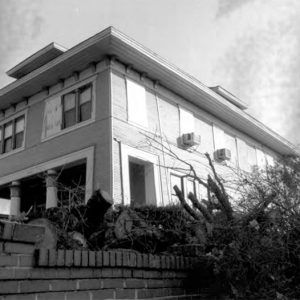 Fordyce House
Fordyce House  Fordyce Letterhead
Fordyce Letterhead 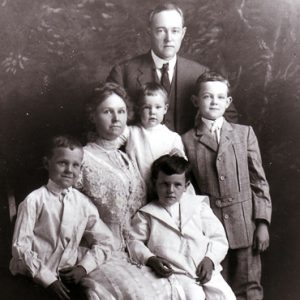 John Fordyce Family
John Fordyce Family 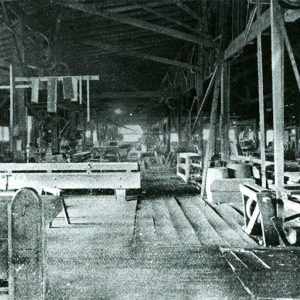 Thomas Manufacturing
Thomas Manufacturing 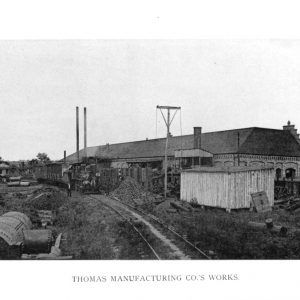 Thomas Manufacturing
Thomas Manufacturing 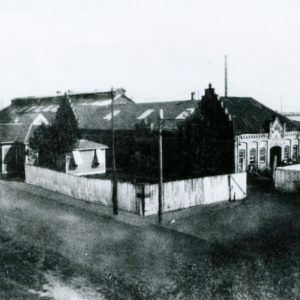 Thomas-Fordyce Manufacturing
Thomas-Fordyce Manufacturing 



Comments
No comments on this entry yet.